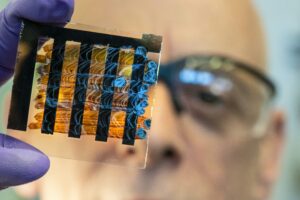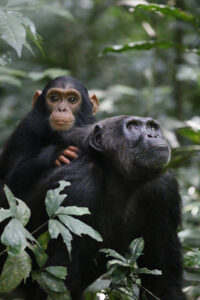
The European Space Agency (ESA) has officially inaugurated a new deep space communication antenna in Western Australia, significantly enhancing its capability to maintain contact with spacecraft traversing the Solar System. The facility, known as New Norcia 3, is the fourth antenna in ESA’s Estrack tracking network and the second at the New Norcia site, located approximately 120 kilometres north of Perth.
The 35-metre dish, weighing around 620 tonnes, integrates cutting-edge technology designed to detect extremely faint signals from distant missions. Notably, parts of its receiver system are cooled to nearly minus 263 degrees Celsius to minimize interference, enabling the capture of data transmitted from billions of kilometres away.
The inauguration, held on 4 October 2025, marks a substantial expansion of ESA’s communication capacity for scientific, exploration, and planetary defence missions. The ceremony was led by ESA Director General Josef Aschbacher, with the Australian Space Agency Head Enrico Palermo and ESA Director of Operations Rolf Densing in attendance, alongside Western Australia’s Minister for Regional Development Stephen Dawson.
Strengthening International Collaboration
In a display of international cooperation, Sabine Winton, the state’s Minister for Education, Early Childhood, Preventative Health and Wheatbelt, was also present, underscoring the collaborative effort between Europe and Australia in advancing space science. This development follows a growing trend of international partnerships in space exploration, highlighting the importance of shared resources and expertise.
Once operational in 2026, the antenna will provide crucial support for ESA’s current flagship missions, including Juice, Solar Orbiter, BepiColombo, Mars Express, and Hera. It is also poised to play a pivotal role in future projects such as Plato, Envision, Ariel, Ramses, and Vigil, which aim to study distant planets, monitor the Sun, and enhance planetary defence.
Technological Advancements and Strategic Importance
Officials emphasized that the addition of this antenna grants Europe not only greater independence in space communications but also a stronger foundation for long-term exploration. The strategic location in Western Australia offers essential southern hemisphere coverage, making the station a vital link in global deep space tracking efforts.
“With this facility, ESA is positioning itself to meet the growing demands of space science over the coming decade,” said Enrico Palermo, highlighting the long-term vision of the agency.
The move represents a significant step forward in ESA’s strategy to enhance its infrastructure to support a new era of space exploration. The advanced technology incorporated into the New Norcia 3 antenna will allow for more precise data collection, a necessity as missions venture further into the cosmos.
Implications for Future Exploration
As the space industry continues to evolve, the demand for reliable communication networks is paramount. The New Norcia 3 antenna not only meets current needs but also anticipates future challenges, ensuring that ESA remains at the forefront of space exploration and research.
The announcement comes as space agencies worldwide are increasingly focusing on deep space missions, with goals ranging from planetary exploration to asteroid mining and beyond. ESA’s investment in infrastructure like the New Norcia 3 antenna is a testament to its commitment to maintaining a leadership role in these endeavors.
Looking ahead, the successful operation of the New Norcia 3 antenna will likely inspire further investments in similar technologies, fostering an era of unprecedented exploration and discovery. As ESA continues to expand its capabilities, the global space community will undoubtedly benefit from the enhanced communication and tracking abilities this new facility provides.
The European Space Agency’s strategic expansion in Australia not only strengthens its own operations but also contributes to a broader international effort to explore and understand our Solar System and beyond. With the New Norcia 3 antenna, ESA is well-equipped to tackle the challenges of tomorrow’s space missions, ensuring that Europe remains a key player in the global space race.






